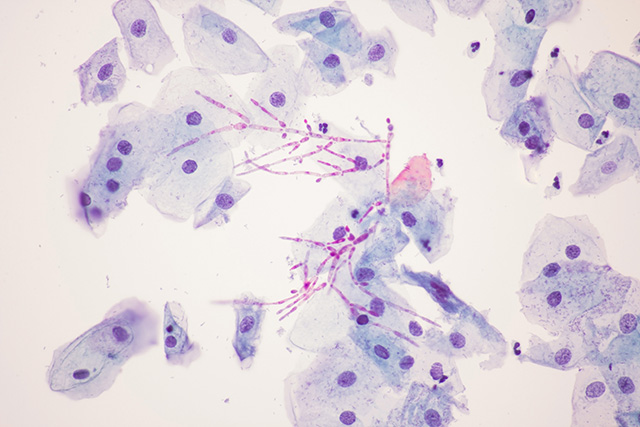
The researchers from the Oregon State University of Pharmacy together with the Oregon Health Authority and other collaborators conducted a two-year study of Acinetobacter baumannii. The bacteria is an opportunistic pathogen associated primarily with infections among patients who have compromised immune systems and are in health care facilities.
The researchers identified 21 cases which includes 16 isolated A. baumannii that contained a rare gene responsible for resistance to the carbapenem-class of antibiotics. They looked at multiple sites in the Pacific Northwest.
A. baumannii is an extensively drug-resistant bacterial pathogen that can be transmitted to other organisms.
The transfer history of patients among the facilities that were studied and the genetic profiles of isolates showed how the organism spread from place to place. It was aided by a lack of inter-facility communication that patients who were infected or colonized by A. baumannii were being transferred.
The findings support a recent Oregon law requiring written notification from the discharging facility to the receiving facility anytime a patient carrying a multidrug-resistant organism or other infection requiring transmission precautions is transferred, according to Jon Furuno, co-author on the study and an associate professor.
“It just makes sense that you would want to alert a receiving facility if patients have a specific drug-resistant organism,” Furuno said. “The discharging facility needs to include that information with the discharge summary or somewhere on the chart, and the receiving facility needs to know where to look for it.”
Genevieve Buser, lead author of the study and a pediatric infectious disease specialist, said that communication can ensure appropriate contact precautions are taken.
“An entire chain of transmission can be prevented if staff at a receiving facility know about a patient's multidrug-resistant organism status,” Buser, who also worked as a Centers for Disease Control and Prevention (CDC) Epidemic Intelligence Service officer based at the Oregon Health Authority said.
“This outbreak might not have been identified if not for a new, limited, voluntary surveillance system in Oregon and an astute infection preventionist,” she said.
In the United States, it is not required by most public health authorities to report the A. baumannii infection. Moreover, clinical laboratories do not test for an organism's underlying genetic resistance mechanisms.
More on Acinetobacter baumannii
Acinetobacter baumannii is recognized to be one of the most difficult antimicrobial-resistant gram-negative bacilli to control and treat. (Related: Researchers have identified the 12 DEADLIEST drug-resistant bacteria: Here’s how to avoid infection.)
Acinetobacter is a group of bacteria commonly found in soil and water. Although many types of Acinetobacter cause human disease, about 80 percent of reported infections are caused Acinetobacter baumannii.
A. baumannii is a rapidly emerging multidrug-resistant pathogen found in health care where it causes infections such as bacteremia, pneumonia, meningitis, urinary tract infection, and wound infection. It may also colonize or live in a patient without causing infections or symptoms, especially in open wounds or tracheostomy sites.
Although it may pose little risk to healthy people, those who have a weakened immune systems, lung disease, or diabetes are more susceptible to infections with this bacteria. It can be spread to susceptible individuals by person-to-person contact or contact with contaminated surfaces.
Read more news like this at HealthCoverage.news.
Sources include:
Please contact us for more information.




















